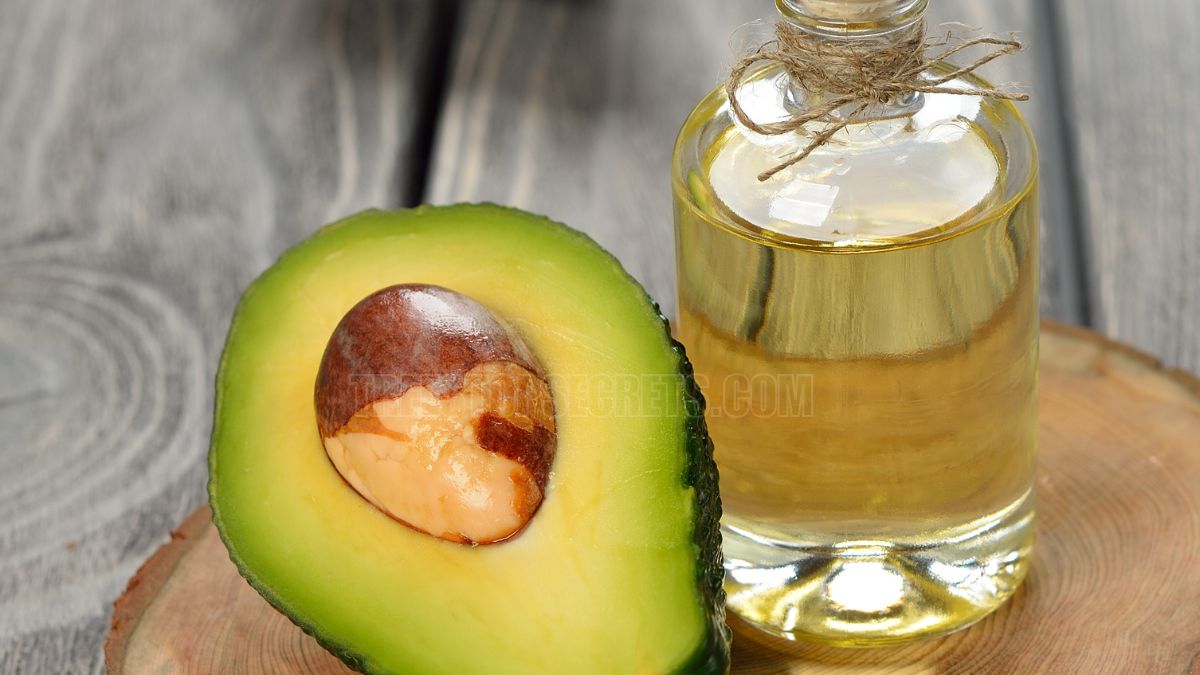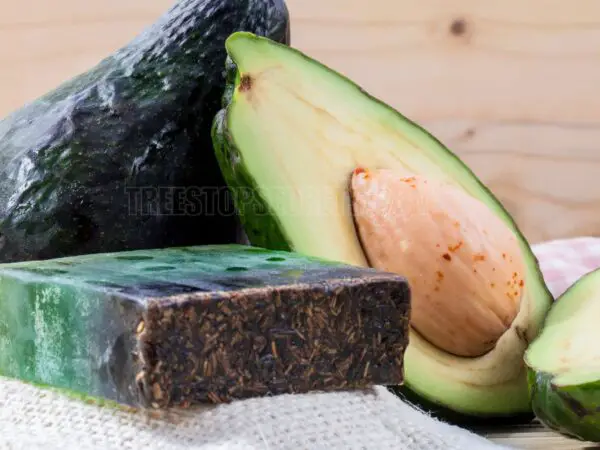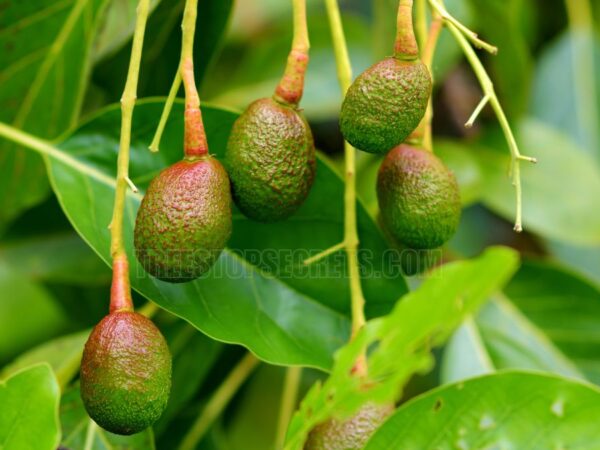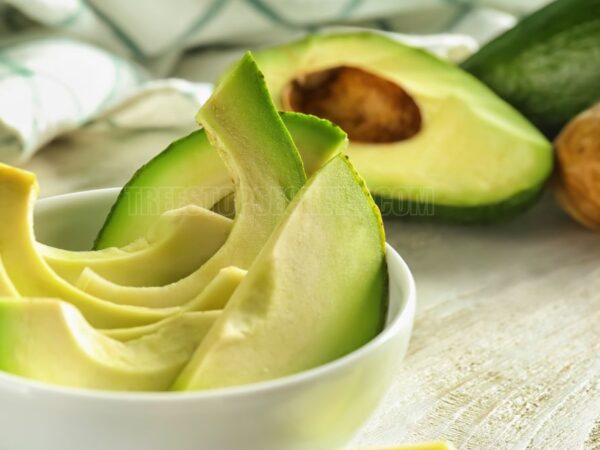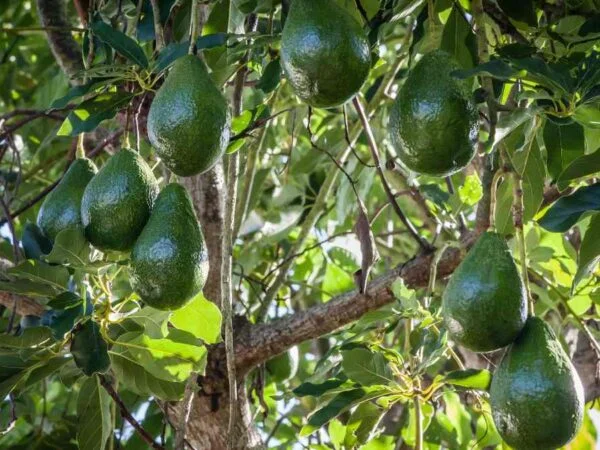Avocado oil is a versatile ingredient with numerous benefits for cooking and skincare. Want to learn how to make it yourself? Extracting avocado oil at home is surprisingly simple and rewarding. This guide will walk you through easy methods to create fresh, pure avocado oil using just a few tools and ingredients. Discover how you can enjoy the advantages of homemade avocado oil in your daily life!
Avocado oil extraction involves pressing or blending ripe avocados to obtain the oil. Begin by mashing the avocado pulp and then using a pressing method or blender to separate the oil from the solids. This process yields a fresh, nutrient-rich oil that is perfect for cooking or skincare.
Curious about making your own avocado oil? It’s easier than you think! Our guide offers simple, step-by-step instructions to help you create high-quality oil at home. Don’t miss out on this opportunity to enhance your cooking and skincare routine with fresh avocado oil!
Extracting Avocado Oil at Home
Taking the plunge to make avocado oil at home has been not only fun but super rewarding too. I get this pure, fresh oil without all those pesky chemicals you find in store-bought products. Let me fill you in on the perks and show you a few tips on how to stash it right.
Why Homemade Avocado Oil Rocks
First off, homemade avocado oil is kinder to your wallet and gives you quality you can trust. You just need ripe or really ripe avocados and a bit of patience. Using cold extraction keeps all those good-for-you nutrients intact. This oil works wonders on your cooking, skincare, and even your hair.
| Real Perks of Homemade Avocado Oil |
|---|
| No added junk |
| Easy on the budget |
| You control the quality |
| Keeps all the good stuff |
| Great for cooking and beauty (Alphafoodie) |
How to Keep Your Avocado Oil Fresh
To keep my homemade avocado oil lasting long and tasting great, I follow a few simple rules. Storing it right keeps all its flavor and nutrients in check.
- Pick the Right Container: Dark glass bottles are my go-to. They keep the light out and stop it from breaking down.
- Cool, Dark Spot: I stash the bottles in a cool, dark place like a cupboard, away from the heat.
- Freshness Check: I'm always on the lookout for funky smells or any color changes. It's my way of knowing the oil's still good.
- Funnel It: Pouring the oil using a funnel is a must. It keeps things tidy and avoids spills.
| Storage Pro Tips | Do This |
|---|---|
| Best Container | Dark glass bottles |
| Best Spot | Cool and dark place |
| Freshness Check | Sniff and look |
| Pouring Aid | Use a funnel |
By following these tips, I keep my avocado oil fresh and full of goodness, ready for cooking and beauty hacks. Cheers to homemade goodness!
Avocado Oil for Your Skin Care Routine
Avocado oil isn’t just for drizzling on salads—it’s a skin game changer too! With its rich, moisturizing properties, it's become a staple in my skincare lineup.
Why Avocado Oil Rocks Your Skin
Avocado oil is your skin’s BFF. Packed with omega-3 fatty acids and vitamins A, D, and E, it’s like a superfood smoothie for your skin. Just imagine slathering on a luxurious, natural product that seeps right in, making things smooth and plump. Got flaky, irritated spots from conditions like psoriasis or eczema? Avocado oil to the rescue! The nutrients reduce inflammation and keep dryness at bay (Medical News Today).
| Nutrient | Why Your Skin Loves It |
|---|---|
| Omega-3 Fatty Acids | Gives a hydration boost |
| Vitamin A | Helps new skin cells grow |
| Vitamin D | Overall skin health support |
| Vitamin E | Fights off those pesky free radicals |
Avocado Oil vs. Acne—The Ultimate Showdown
Battling acne? I've been there. Avocado oil has been a hero for me. It keeps my skin moisturized without making it oily. The anti-inflammatory perks mean less redness and irritation. Plus, it’s lightweight, so no clogged pores! Who said fighting acne couldn’t feel luxurious? (Medical News Today).
| Acne-Fighting Powers | What It Does |
|---|---|
| Hydration | Moisturizes without slick residue |
| Anti-inflammatory Magic | Calms down redness and bumps |
| Non-comedogenic Nature | Keeps pores clear |
Healing Wounds with Avocado Oil
I even dabble with avocado oil for those minor cuts and scrapes. Science suggests it speeds up the healing process by boosting collagen production and soothing inflammation (Medical News Today). It’s like TLC in a bottle. Of course, for serious injuries, I head to the doc, but for the little stuff, avocado oil does wonders.
| Wound Healing Perks | What It Means |
|---|---|
| Collagen Booster | Helps skin regenerate |
| Inflammation Fighter | Soothes the wound area |
Incorporating avocado oil into my skincare routine has been a joy. Whether I’m soothing dry patches, taming acne, or helping minor cuts heal, this oil is a keeper. Give it a go and see the magic for yourself!
Making Avocado Oil
Process of Extracting Avocado Oil
Making your own avocado oil at home is surprisingly easy and can save you from all the unnecessary junk in commercial versions. Here's how I do it, using ripe or even those sad, overripe avocados. Here are the steps I follow to extract my avocado oil:
- Prep the Avocados: Slice ‘em open, ditch the pits, and scoop the good stuff into a blender.
- Blend It Up: Blitz the avocado flesh until super smooth. If it’s not blending well, add a splash of water to get things moving.
- Dry the Paste: Spread the smooth paste on a plate in a thin layer. Leave it in a breezy spot and mix it up occasionally, watching as it turns a dark brown.
- Get the Oil: When it's dried out, you can either hand-squeeze the paste to get the oil or let it drain naturally into a bowl.
This not only ensures you get pure avocado oil but also skips all the extra gunk like additives and preservatives found in the bottled stuff from the store.
Homemade Avocado Oil Shelf Life
One of the awesome things about homemade avocado oil is how long it lasts. If you stash it in a tight container away from heat and sun, it can stay good for several months. For extra freshness, I sometimes keep mine in the fridge. Check out this simple table on how long you can expect your homemade avocado oil to last:
| Storage Condition | Shelf Life |
|---|---|
| Room Temp | 6 months |
| Fridge | 12 months |
Follow these storage tips, and you can use your avocado oil for cooking, beauty routines, and even hair care without it going bad too quickly (Alphafoodie).
Why Avocado Oil Should Be Your Go-To
Avocado oil is my magic potion in the kitchen and my secret weapon in personal care. It's got all the good stuff you want and need. Let’s break it down!
What’s Inside Avocado Oil?
This stuff is loaded with nutrients, making it great for cooking and skincare. Packed with vitamins A, D, and E, and unsaturated fats, it's perfect for keeping your heart happy and your skin glowing. Check out some of the key players in this oil:
| Nutrient | Amount per 100g |
|---|---|
| Unsaturated Fatty Acids | 60g |
| Vitamin A | 146µg |
| Vitamin D | 7µg |
| Vitamin E | 3.5mg |
| Protein | 1.0g |
| Lecithin | 0.96g |
Antioxidants? It’s got them too! They help with sunburns and healing thanks to vitamin E, beta carotene, and essential fatty acids (Medical News Today). That makes avocado oil ideal for a whole range of uses, from cooking to taking care of your skin.
Omega-3 Powerhouse
One more thing: it’s packed with omega-3s. Our bodies can’t make these fats, so we’ve got to get them through food. They’re essential for heart health, cutting down inflammation, and even keeping your brain sharp. Adding avocado oil to your diet can boost your overall health. It’s got the right mix of omega-3s and other good stuff, making it a star in both cooking and wellness. So whether you’re looking to up your cooking game or keep your skin looking its best, think avocado oil. It's got your back!
Mastering Avocado Oil Extraction
Making your own avocado oil at home is fun and gives you a pure, tasty product that can be used in many ways. Here are some methods, like the popular cold-pressed technique, to get the best out of your avocados.
Cold-Pressed Avocado Oil
Cold-pressed avocado oil extraction is easy and efficient. You start with ripe avocados and use lack of heat to get the oil. This method keeps most of the nutrients and natural taste, making it perfect for cooking, frying, hair care, and skin care. The process involves breaking down the cell walls of the avocado flesh using mechanical pressure. You're basically squeezing the goodness out without cooking away the nutrients. For an extra touch, some folks use ultrasonic waves to make the extraction more efficient and high-quality. Here's a quick rundown of cold-pressed avocado oil benefits:
| Benefit | Why It's Great |
|---|---|
| Nutrient Packed | Keeps the vitamins and minerals intact. |
| Natural Flavor | Tastes like fresh avocados. |
| Multi-Purpose | Perfect for food and beauty uses. |
What Makes Good Avocado Oil
Quality matters, whether you're drizzling it on a salad or massaging it into your hair. Avocado oil's good stuff mainly comes from its monounsaturated fats, which are great for your heart and can fight inflammation. One big quality sign is its sterol composition. By checking this, you ensure pure and authentic oil. It also confirms the oil's quality across different avocado types (NCBI). Here's what to look for in quality avocado oil:
| Quality Factor | What's Important |
|---|---|
| Sterol Levels | Confirms purity and authenticity. |
| Fatty Acids | Nutritional and flavor benefits. |
| Extraction Method | Impacts nutrients and overall quality. |
Understanding these methods and quality signs makes it easy and fun to create your own avocado oil. It’s a personal touch that adds value to your food and skincare routines.
Storing Cooking Oils
Keeping your cooking oils, especially avocado oil, fresh and full of nutrients can be a game-changer in your kitchen adventures. Here's how I make sure my oils stay top-notch.
How to Store Different Oils
Each oil has its quirks, so storage methods vary. Here’s a handy guide:
| Type of Oil | Best Storage | Shelf Life |
|---|---|---|
| Avocado Oil | Dark glass or opaque container | 1 to 2 years, depending on the label |
| Unrefined Avocado Oil | Use within 6 months once opened | 6 months if unopened |
| Refined Avocado Oil | Lasts longer; check label for details | 1 to 2 years |
| Olive Oil | Cool, dark place at 65°F | Use within 30 to 60 days after opening |
Using dark glass bottles helps block out light, preserving avocado oil’s nutritional punch. Tight lids are a must to keep air out.
Why Storage Matters
Storing oils right prevents rancidity and maximizes shelf life. Light and heat mess with the flavor and health benefits. For avocado oil, here’s my routine:
- Keep It Cool: Don’t let your oil get cozy near heat sources.
- Shield from Light: Dark containers are your best friend.
- Air Tight: Make sure that lid is on tight to keep air out.
Want your avocado oil to last even longer? Freeze it! Pour it into an airtight container or ice cube trays. This keeps it fresh and slows down oxidation. With these simple tips, I enjoy my homemade avocado oil without a hitch. It’s all about keeping that liquid treasure in best shape!
Final Thoughts: How to Extract Avocado Oil at Home
Making avocado oil at home is a straightforward process that brings numerous benefits. By following simple steps, you can produce fresh, high-quality oil for various uses, from cooking to skincare. Embrace the satisfaction of DIY oil extraction and enjoy the natural goodness of homemade avocado oil!
FAQs about How to Extract Avocado Oil at Home
Q: What is the best method for extracting avocado oil at home? A: The best method involves mashing ripe avocados and using a blender to separate the oil. This process can be done with or without a press, depending on your equipment and preference. Q: How long does it take to extract avocado oil? A: Extracting avocado oil typically takes about 30 minutes to an hour, depending on the method you choose. The process involves mashing, blending, and straining the avocado pulp. Q: Can I use a juicer to extract avocado oil? A: Yes, a juicer can be used to extract avocado oil. Blend the avocados first, then use the juicer to separate the oil from the pulp. Q: What are the benefits of homemade avocado oil? A: Homemade avocado oil is rich in healthy fats, vitamins, and antioxidants. It’s great for cooking, skin care, and adding nutritional value to your diet without additives. Q: How should I store homemade avocado oil? A: Store homemade avocado oil in a dark, airtight container in a cool, dry place. This will help maintain its freshness and extend its shelf life. Q: Can I use overripe avocados for oil extraction? A: It’s best to use ripe avocados for the best quality oil. Overripe avocados may affect the flavor and quality of the extracted oil.
Image Source: Paid image from CANVA

